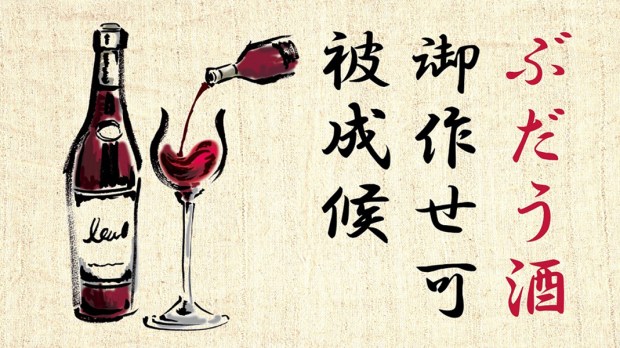Lenten Campaign 2025
This content is free of charge, as are all our articles.
Support us with a donation that is tax-deductible and enable us to continue to reach millions of readers.
Christianity made its way to Japan in the mid-16th century, bringing with it the tradition of winemaking. As wine plays a pivotal role in the practice of Catholicism, we know that they must have produced such libations, but records of wine production in Japan have been hard to find. Now, a document discovered in the collection of Kumamoto University is shedding light on medieval Japanese winemaking, as well as its downfall.
Wine arrived with Christians
In the 16th century, Portuguese explorers landed on Japan’s shores, bringing with them gunpowder, Christianity, and the many cultural practices that come with it. For nearly half a century, Christians were tolerated by the Japanese and the citizens were free to convert. During this time, Christianity spread quickly through the island nation, even drawing members of the nobility.
Japan Guide explains that Christians maintained good relations with Japanese leaders until 1587, when Toyotomi Hideyoshi issued an edict that expelled them. This marked the beginning of a strict persecution of Christians, which intensified 10 years later. In 1597 Hideyoshi banned further conversions and executed 26 Franciscans as a warning to others. As this caused Japanese Christians to go into hiding, very few records exist of the practice of Christianity in Japan after this point.
Winemaking persisted
Now, however, a rare document has surfaced, which indicates that the tradition of winemaking endured for several decades of the 17th century. Eurekalert reports that a the lord of the Hosokawa clan made regular orders of wine from 1627 to 1630. This wine was produced from wild grapes and black soy beans. The report claims the wine was meant for “medicinal purposes,” but its connection to Christianity could suggest that this was an excuse. Perhaps the Hosokawan lord was attempting to covertly procure wine for religious practice.
In any case, the newly found document, from September 1632, contains a call to gather wild grapes for wine. Later in the same document, another note states “wilde grapes were provided.” The report made no indication of where or how the wine was produced, but we know that the process would have taken about 10 days to complete. This would mean that it may have been finished by October, and it may have been the last batch.
The end of Japanese wine
In January of 1633, the Hosokawa clan was ordered to move from the Kokura Domain to the Higo Domain. It is believed that the Hosokawa clan was no longer permitted to make the wine once they reached Higo. At that time the Higo Domain was less tolerant of Christians, and may not have appreciated the practice. As persecution increased through the 17th century, continued wine production may have been seen as disloyal to the shogunate.
It was the conclusion of researchers from Kumamoto University that Japanese wine production ceased as a direct result of Christian persecution.

Read more:
How Catholic monks shaped France’s wine culture

